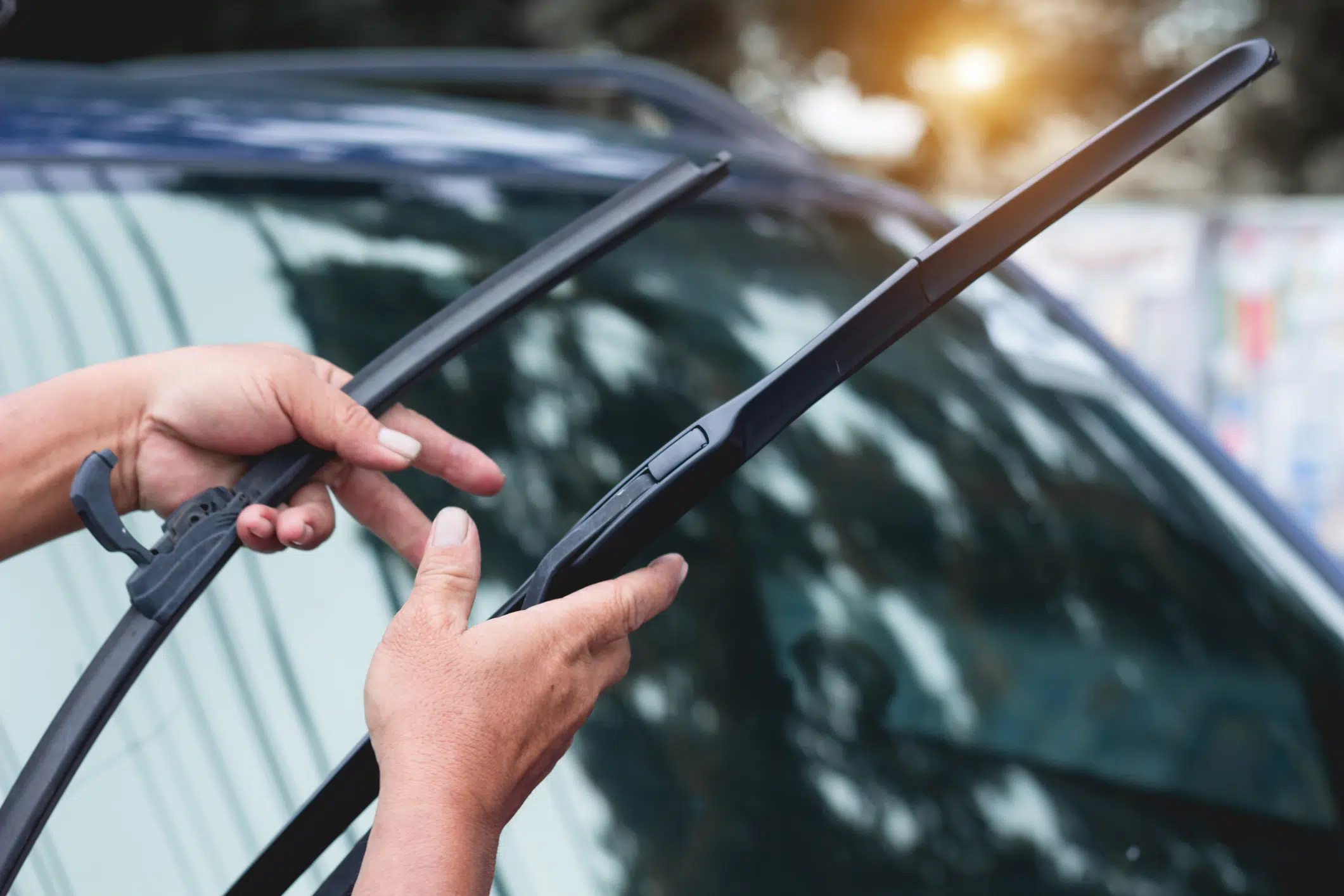The History of Windshield Wipers
All around us there are objects that we take for granted! But what is the story behind them? A series of articles that started with the name of google and NIKE. So let's get to the Windshield Wipers.
Who, How, and When
Windshield wipers are a simple yet essential feature of every vehicle, ensuring clear visibility and safety in adverse weather conditions. These everyday conveniences were not always a standard part of automobiles. The invention and evolution of windshield wipers involve a fascinating history marked by ingenuity and persistence.
The story of windshield wipers begins with Mary Anderson, a real estate developer, rancher, and inventor from Birmingham, Alabama. In 1902, Anderson visited New York City during a particularly cold and snowy winter. While riding a trolley car, she noticed that the driver struggled to keep the windshield clear of snow and ice, frequently stopping to manually wipe it off. This dangerous inconvenience inspired Anderson to come up with a solution.
Upon returning home, Anderson sketched a design for a device to keep windshields clear. Her invention consisted of a lever inside the vehicle that controlled a rubber blade on the exterior. The driver could operate the lever to move the blade back and forth, wiping away rain, snow, and debris. Importantly, the device could be easily removed and stored when not needed, making it practical for all seasons.
In 1903, Anderson applied for a patent for her "Window Cleaning Device for Electric Cars and Other Vehicles." She received U.S. Patent No. 743,801 on November 10, 1903. Despite the innovative nature of her invention, Anderson struggled to find a manufacturer interested in producing it. The automotive industry was still in its infancy, and many believed that her invention would be too distracting for drivers.
Although Anderson's initial attempts to commercialize her invention were unsuccessful, her patent laid the groundwork for future developments. By the 1910s, the automotive industry had grown significantly, and the need for better visibility in inclement weather became apparent. Other inventors and manufacturers began to recognize the value of windshield wipers and worked on improving Anderson's original design.
One such innovator was Canadian inventor Robert Douglass, who patented an improved version of the windshield wiper in 1917. His design included a vacuum-powered system, which provided continuous motion without requiring manual operation by the driver. This advancement made windshield wipers more practical and reliable, leading to broader adoption.
By the 1920s, windshield wipers had become a standard feature on most vehicles. Automakers continued to refine the technology, introducing electric wipers in the late 1920s and early 1930s. These electric wipers provided more consistent and powerful wiping action, further improving driver visibility and safety.
One notable figure in the development of electric wipers was Raymond Anderson, who patented an electric wiper system in 1923. His invention used a motor to drive the wiper blades, allowing for variable speeds and more efficient operation. This innovation set the stage for the modern windshield wipers we use today.
Windshield wiper technology has continued to evolve over the decades. Today's vehicles often feature advanced wiper systems with rain-sensing capabilities, which automatically adjust the wiper speed based on the intensity of the rainfall. Additionally, modern wipers are designed to be more aerodynamic, reducing wind lift and noise at high speeds.
Other innovations include heated wiper blades, which prevent ice buildup in cold climates, and integrated washer fluid nozzles, which help to keep the windshield clean with minimal effort. These advancements have made windshield wipers more effective and user-friendly, enhancing driver safety and convenience.
The invention of windshield wipers by Mary Anderson in 1903 was a groundbreaking development in automotive safety. Despite initial skepticism, her idea paved the way for the essential feature that we rely on today. Over the years, continuous improvements and technological advancements have transformed windshield wipers into a sophisticated and indispensable component of modern vehicles. Mary Anderson's ingenuity and foresight serve as a testament to the impact of innovation on everyday life.
Thank you!
_________________________________
- Your most valuable asset you own is your time. Invest him properly!
- DYOR
- Not your keys, Not your crypto!
Find useful articles to read: HERE
My referal links:






































